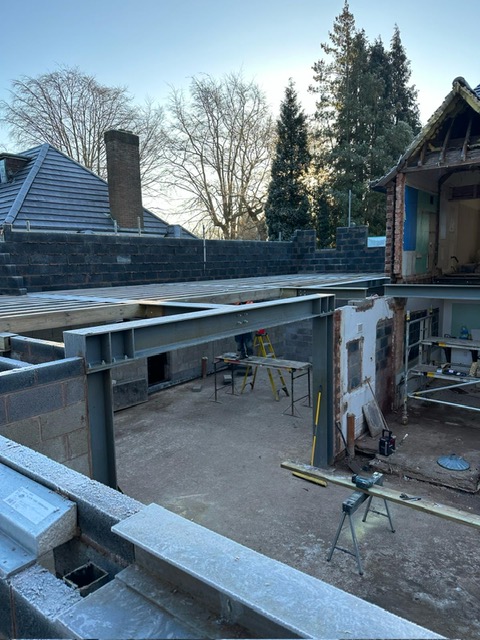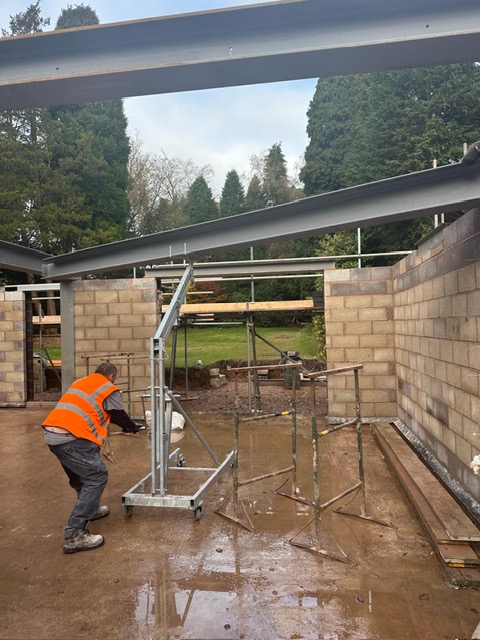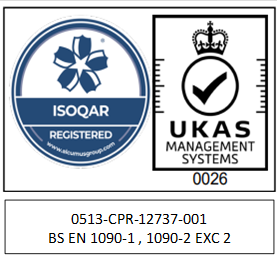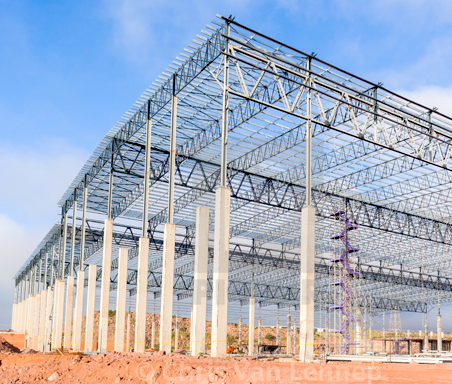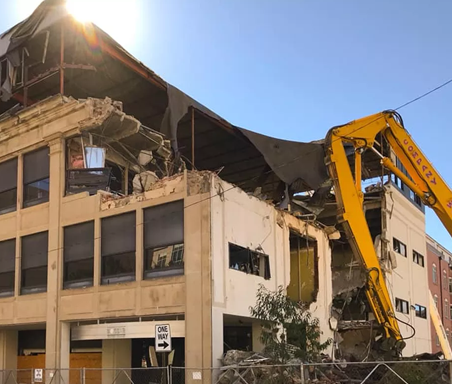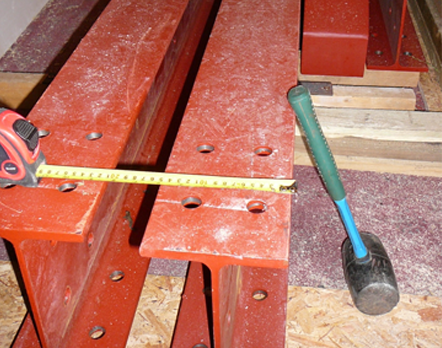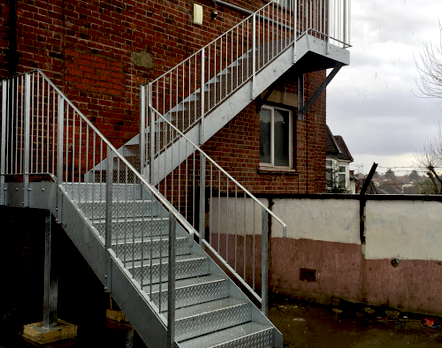Building a new warehouse is likely to be a huge project, so it is essential that you are aware of all the ins and outs of a project of this kind before work begins. Knowing the legalities surrounding the build of a new warehouse is of course vital, so we at Process Steels thought we’d provide a little guidance.
New legislation came into force in England regarding planning permission for warehouses on April 6th, 2010, which stated that planning permission would not be required if the following conditions were met;
– For new industrial buildings and warehouses, no building can be higher than 5 metres if it is situated within 10 metres of the curtilage boundary. In other circumstances, no new building should exceed the height of any existing building that is within the curtilage boundary or 15 metres of the new build, whichever is lower.
– Gross floor space for any new building should not be more than 100 square metres.
– Up to May 30th 2016, no new building should have a gross floor space of more than 200 square metres if it’s to be built on outside designated land, or on any site of special scientific interest.
There are also specific rules regarding altering or extending current warehouses and industrial buildings. Any changes shouldn’t result in a building’s height being increased by 5 metres if it’s in a range of 10 metres of the curtilage boundary. When this is not applicable, no alteration or extension can be higher than the height the building before the changes were made.
Some of the regulations that are applicable to all include the following:
– Listed buildings are protected and no development can take place within the curtilage of this type of property.
– When extensions, alterations or new buildings are planned, the materials used should have a similar appearance to the existing building or those in the area.
– Developments are not permitted if they result in a reduction of space for parking or turning vehicles.
If uncertain, it’s always advisable to seek advice from your local planning authority.
Offering a service that is quick, reliable and efficient, we are the Midlands leading supplier of top quality steel products to the construction industry, including that which can be used in the build or extension of new and existing warehouses. Specialising in RSJ beams and steel staircases, please call us on 0121 526 5757 or browse our website for more information where you’ll also be able to view our informative video and make use of our contact form.








